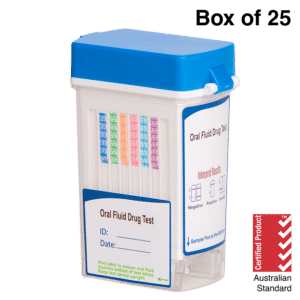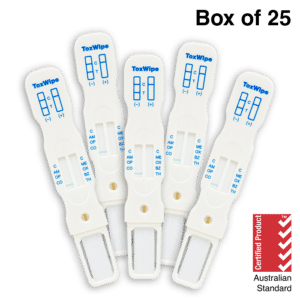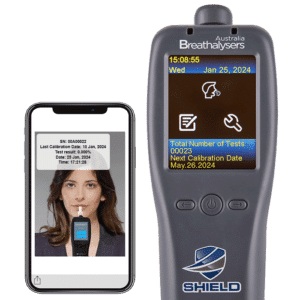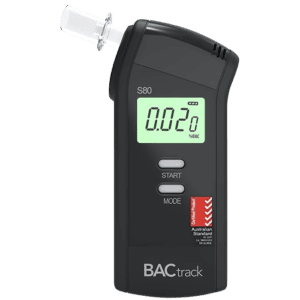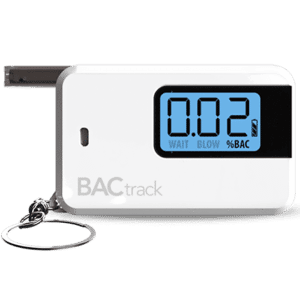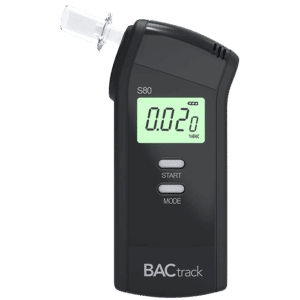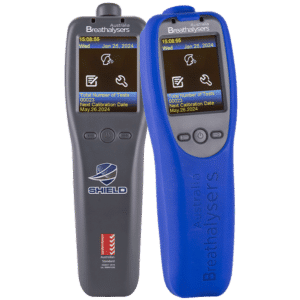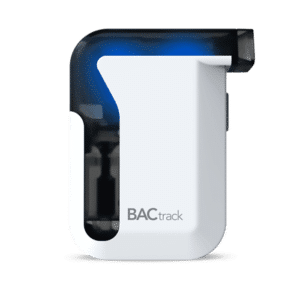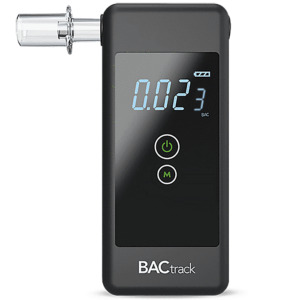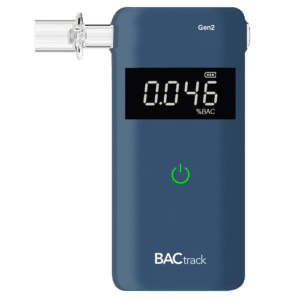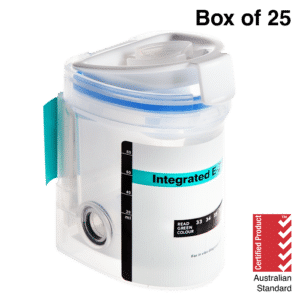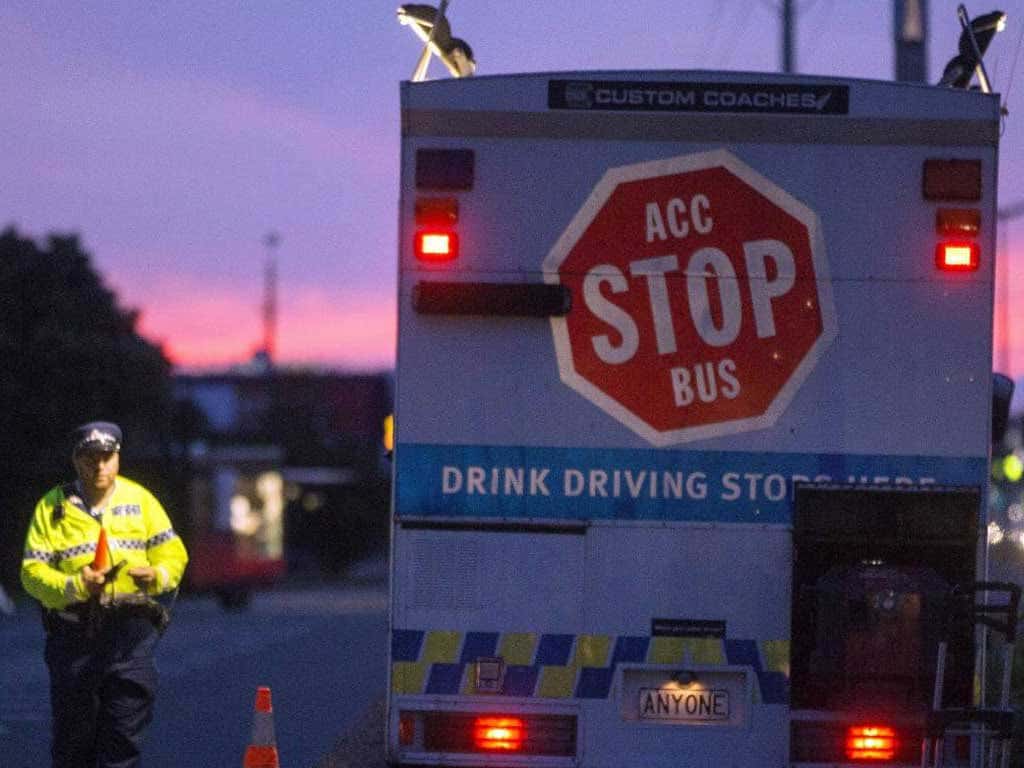
Drink driving is a factor in about one in every seven roadside incidents in New South Wales. Of the drink driving fatalities in a five years study between 2013 and 2017, 93 per cent were men, and 67 per cent were under 40. With this in mind, the local government has implemented stricter DUI policies to help maintain road safety. As a result, the blood alcohol limit in NSW is now at 0.05% Blood Alcohol Content (BAC). This new BAC limit is significantly lower compared to the 0.08% BAC limit implemented by other countries. In addition, driving with a BAC of 0.05% or higher in NSW will be deemed illegal and punishable by law.
Furthermore, law enforcement officers will implement these new policies with alcohol breathalysers. Hence, if a driver goes above the legal blood alcohol limit in NSW, they will face DUI (Driving Under the Influence) charges and other severe legal penalties. As a result, many Australians in NSW purchase personal breathalysers to check and maintain safe alcohol consumption. Personal breathalysers such as the BACtrack breathalysers from Breathalysers Australia have become vital tools for keeping the roads safe. In addition, Breathalysers Australia provides various high-quality personal breathalysers to prevent drivers from exceeding the blood alcohol limit in NSW.
Blood Alcohol Limit in NSW – What is BAC
Blood Alcohol Concentration, or BAC, is the general metric people use to measure alcohol intoxication. A ratio of alcohol to blood volume usually represents BAC. Furthermore, when a person consumes alcohol, it travels through the bloodstream and into the organs. Blood circulates through the body in 90 seconds in an average healthy person. As a result, they experience the effects of alcohol consumption 15 to 45 minutes after the first drink. The new blood alcohol limit in NSW is a precise 0.05%.
Furthermore, the liver processes a standard drink within an hour. An average person’s BAC drops by 0.015 per hour or 0.015g/100mL per hour. In addition, many factors affect a person’s BAC. People may find it difficult to stay below the blood alcohol limit in NSW on just estimates and drink counting alone.
Blood Alcohol Limit in NSW – BAC Factors
Despite the blood alcohol limit in NSW being 0.05 BAC, no alcohol level is considered safe when driving. Low BAC readings may still cause road accidents. In addition, most BAC estimation methods, such as drink counting and certain BAC estimation apps, are highly inaccurate. The factors that affect BAC include:
- Specific Alcohol type – Each alcoholic beverage will vary in alcohol concentration. There are many types of alcoholic beverages, but the higher the alcohol content, the higher it raises a person’s BAC.
- Gender – Men and women react to alcohol differently due to hormonal differences. Alcohol concentrates more in those with less water content and higher body fat percentages. As a result, women are likelier to have lower alcohol tolerance.
- Body mass index and composition – Varying body types contain different amounts of body fat. A set amount of alcohol tends to impair those with smaller builds quicker than those with large frames.
- Age – The body’s ability to process alcohol slows as we age. Alcohol stays in the liver longer for older individuals, resulting in a higher BAC.
- Medications – Some medicines react to alcohol and may increase BAC.
- Diet – A full stomach will slow alcohol absorption and delay its path to the bloodstream and small intestines. Those consuming alcohol on an empty stomach is likelier to be intoxicated quicker.
- Metabolism – Genetics, fitness level and hormonal cycles affect a person’s metabolic rate. As a result, these factors also affect how the body absorbs alcohol.

How to Read BAC, its Levels and Effects
Due to the many debilitating effects of alcohol intoxication, it is vital to maintain the 0.05% Blood Alcohol Limit in NSW. In addition, these effects drastically affect a person’s ability to drive. The higher the BAC level, the higher the health risks and likelihood of endangering oneself and others on the road. Here is a general guide for the potential effects of certain alcohol concentration levels on the human body:
0.02% BAC:
- A feeling of ease and relaxation
- Slightly impaired vision
- Lowered inhibitions
- Likelihood of mood swings
- Slightly increased body temperature
0.05% BAC:
- Decreased hand-eye coordination
- Exaggerated behaviour
- Decreased alertness
- Decreased response rate
- Increased vision impairment
0.08% BAC:
- Further impairment of hand-eye coordination
- Lowered reasoning ability
- Short-term memory loss
- Severely lowered self-control
- Lowered concentration
- Reduced ability to process information
0.10% BAC:
- Slurred speech
- Very poor coordination
- Reduced ability to control the vehicle
- Severely reduced reaction time
0.15% BAC:
- Significant loss of balance
- Severe visual and auditory sense impairment
- Nausea and vomiting
- Significant attention reduction
Penalties for Exceeding the Blood Alcohol Limit in NSW
There are many possible consequences for exceeding the 0.05% blood alcohol limit in NSW. Such penalties may vary depending on the circumstances of the offence. Nevertheless, there each violation has a set of baselines. For instance, first-time offenders in the lower ranges will incur a three-month license suspension and a fine of $587. Furthermore, these penalties could increase to a maximum of $2200 and a license suspension period of 4 months if the case goes to court. Secondly, the law requires those caught in mid-range offences to install an alcohol interlock in their vehicle and pay a $2200 fine. Furthermore, a mid-range offence might come with a possibility of nine months of jail time with six months or indefinite licence suspension. Finally, high-range offences generally incur up to 18 months of jail time and a 12-month or indefinite license suspension.
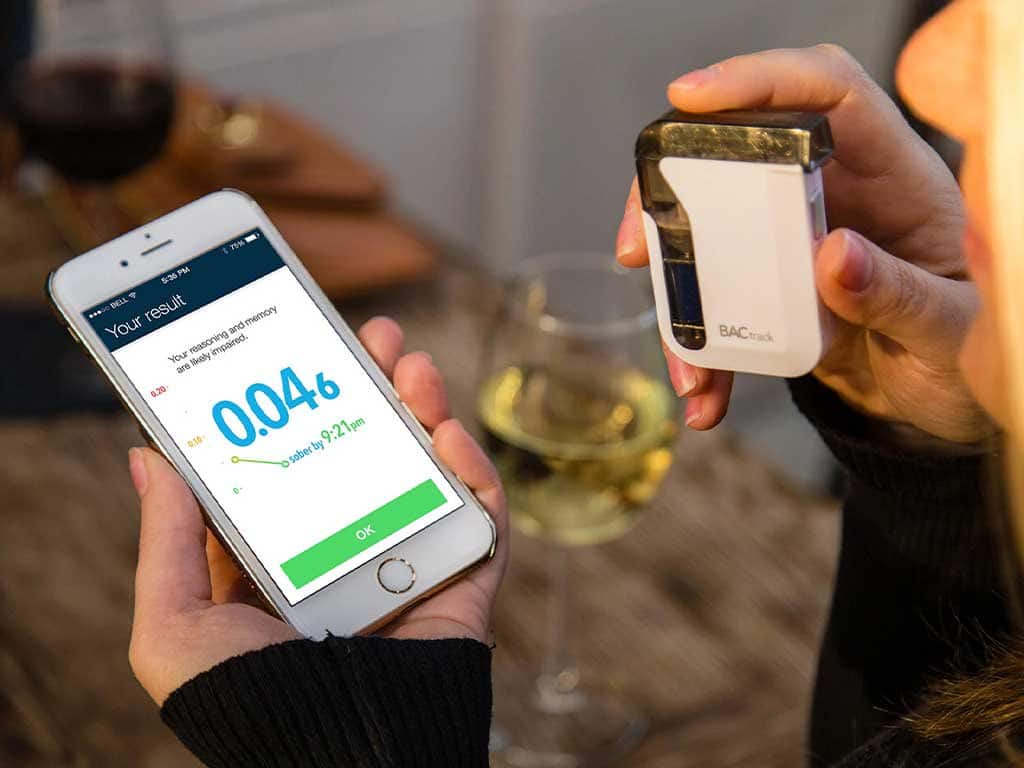
How BACtrack Personal Breathalysers at Breathalysers Australia Can Help
It is difficult for many people to get a precise BAC reading without the proper methods and devices. One cannot simply count drinks or rely on estimation apps to stay below the blood alcohol limit in NSW. As a result, many working adults purchase a personal breathalyser for a clearer picture of their intoxication levels. People no longer need to risk an evaluation from a law enforcement officer to check their BAC. Personal breathalysers such as the BACtrack from Breathalyser Australia are now available for public use. These handy, portable devices help drivers improve their safety and the safety of others before getting behind the wheel. Appropriately, personal breathalysers also help individuals avoid the harsh penalties of DUI and drink driving charges.
BACtrack personal breathalysers from Breathalysers Australia are compact devices designed for convenience without sacrificing accuracy. Some BACtrack breathalysers seamlessly connect to iOS or Android devices via Bluetooth through the BACtrack App. This app provides options that help inform individuals on when and how long their BAC returns to 0.00%. Through BACtrack ZeroLine® technology, these readings are made possible. Moreover, some devices are small enough to act as keychains for added portability and access. All BACtrack breathalysers are FDA-cleared, CE-certified, NHTSA and DOT compliant, meeting all federal standards for breathalysers. In conclusion, a personal breathalyser and regular checks empower many to help maintain safety and keep under the blood alcohol limit in NSW.















